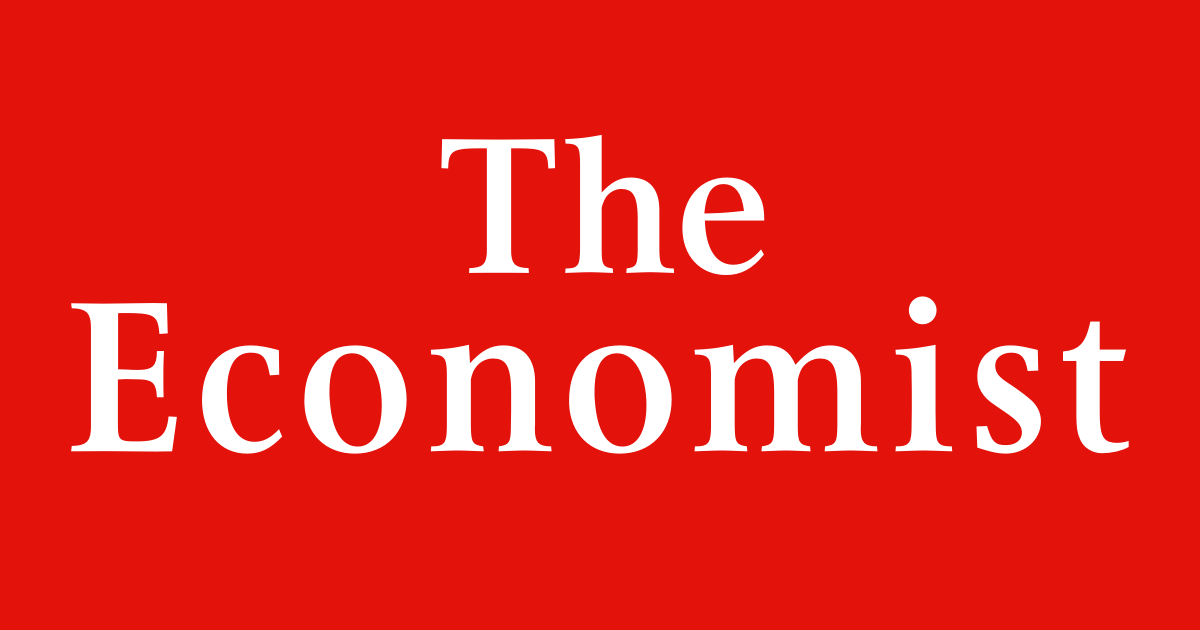By BAGEHOT
ONE can read too much into the Liberal Democrats’ storming performance at yesterday’s by-election in Witney, the well-heeled Oxfordshire seat vacated by David Cameron’s resignation from the House of Commons. In interviews this morning a visibly ecstatic Tim Farron hailed the result—a rise in his party’s vote-share from 6.7% to 30.2%—as proof that his lot are “back in the political big time”. “We are the comeback kids!” he gushed.
Steady on, now. The Conservative vote was always going to fall: Mr Cameron had built up a huge personal vote and the flightier parts of it were unlikely to switch to Labour under Jeremy Corbyn, to a currently leaderless and shambolic UKIP or the still-marginal Green Party, even one fronted locally by Larry Sanders, brother of Bernie. That left the Lib Dems, who had lavished the seat with attention in a fashion impossible for such a small party in a general election: the only other by-election held yesterday was in Batley and Spen in Yorkshire, whose Labour MP, Jo Cox, was murdered in June, and where all the rival mainstream parties declined to stand candidates as a mark of respect (Labour duly won the seat with a landslide). So for weeks the entire Lib Dem machine could focus its attentions on Witney, where lucky voters received five visits from Mr Farron alone. Tellingly, in national polls the party’s rating lingers stubbornly around the 7% to which it fell early in the last Parliament.
Still, the party is right to take some solace from the result. Firstly because the 19-point swing in its favour is the first solid sign that the party’s long slump, during and after its unpopular participation in the last coalition government, is bottoming out and perhaps easing off. A “comeback” in itself it is not, but it might herald the tentative beginnings of one.
Secondly—and more significantly—the result represents the first fruits of the party’s new strategy. When Labour was in Downing Street, the Lib Dems found a role as a pacifist, civil libertarian and slightly more left-wing alternative to the government. Under Nick Clegg, in power with the Tories, they often seemed like a split-the-difference party; offering merely to curb the excesses of the Conservatives to their right and Labour to their left (as he acknowledges in his recent memoirs). But the election of Mr Corbyn as Labour leader, the Brexit vote and Theresa May’s statist, sometimes authoritarian tone in her first months as prime minister have delivered the Lib Dems a three-fold opportunity to sharpen their liberal, centrist identity.
The thinking behind this is set out in a paper published last year by Mark Pack and David Howarth, two party strategists. They argue that the Lib Dems did so badly in last year’s general election, tumbling to eight parliamentary seats, partly because they lack an irreducible core of voters who identify with the party, whose allegiance is such that it can be mobilised even in tough electoral times. Labour, they point out, has the remains of the industrial working class to fall back on; the Tories have their own deep institutional network: churches, golf clubs and the like. The Lib Dems did not, so plunged through their previous electoral floor and kept on falling.
The task before the party, argue the two, is to build that sort of base: a core of perhaps 20% of voters—socially liberal, internationalist, pro-European, tech-savvy and well-educated—who identify with the party’s pro-openness reformism. Accordingly the Lib Dems should focus their research, campaigning and recruitment efforts more rigorously than in the past and in particular search out issues that appeal to and interest this group of voters (however little they rouse other parts of the electorate). Under Britain’s first-past-the-post electoral system, this approach provides opportunities for the Lib Dems, in their reduced state, to concentrate resources on certain metropolitan constituencies where they could conceivably come first: prosperous enclaves of southern England, university towns and the more comfortable corners of the big cities. Mr Farron’s speech at his party’s main annual gathering last month, pledging to stand up for Britain’s role in Europe, was a sort of love letter to these places.
Hence the relevance of Witney, a rolling, well-to-do archipelago of smart villages and hi-tech business parks just outside Oxford; a place where most people voted to Remain in the EU on June 23rd. While the Lib Dems have been doing well in council by-elections in such places in recent months, this was the first parliamentary test. Their campaign focused heavily on Brexit. Residents were urged to reject Mrs May’s nativist overtures at her party’s conference and to send the government a message about the need to keep Britain in the single market and avoid a “hard” break with the European club. And while these messages did not propel Liz Leffman (pictured above, right), the local candidate, across the winning line yesterday, she obtained a larger-than-expected vote share (the Tories had warned it could reach 30%, which discounting the usual expectations management suggested they anticipated something nearer 20%). A similar swing in a general election would see the Lib Dems take 26 seats from the Conservatives.
So treat Witney as a proof-of-concept. A more starkly liberal personality, deftly conveyed through relevant issues and particularly the ongoing battles over Brexit, offers the Lib Dems a way—albeit a long and treacherous one—out of the political wilderness. One by-election does not a trend make and an early general election next year (publicly dismissed by Mrs May but not surely not impossible, given her vast poll leads over Labour) may come much too soon for a widespread revival. But they have made a start.








